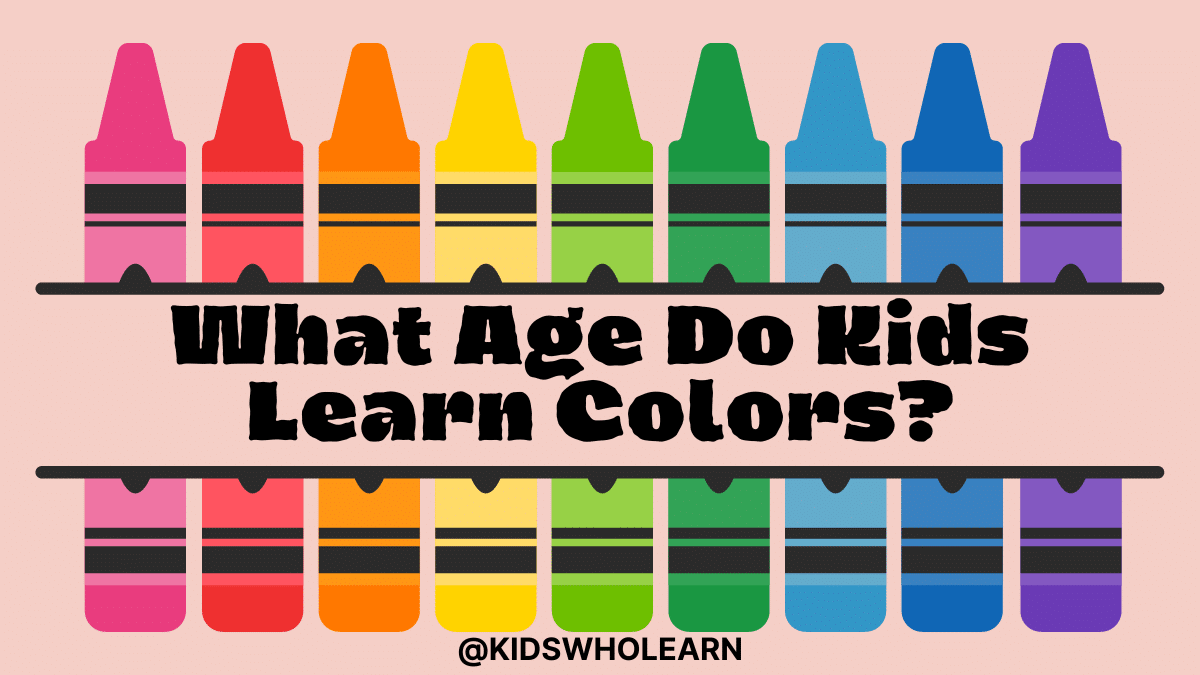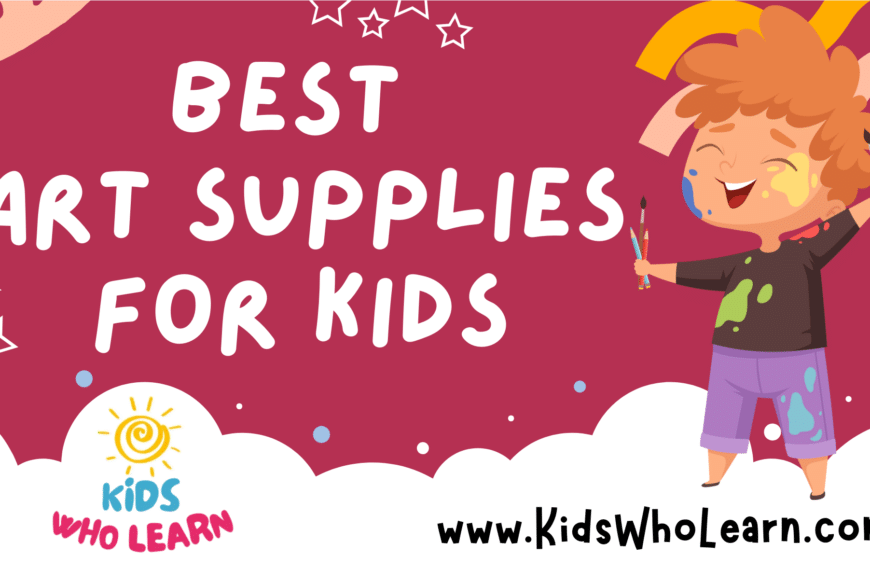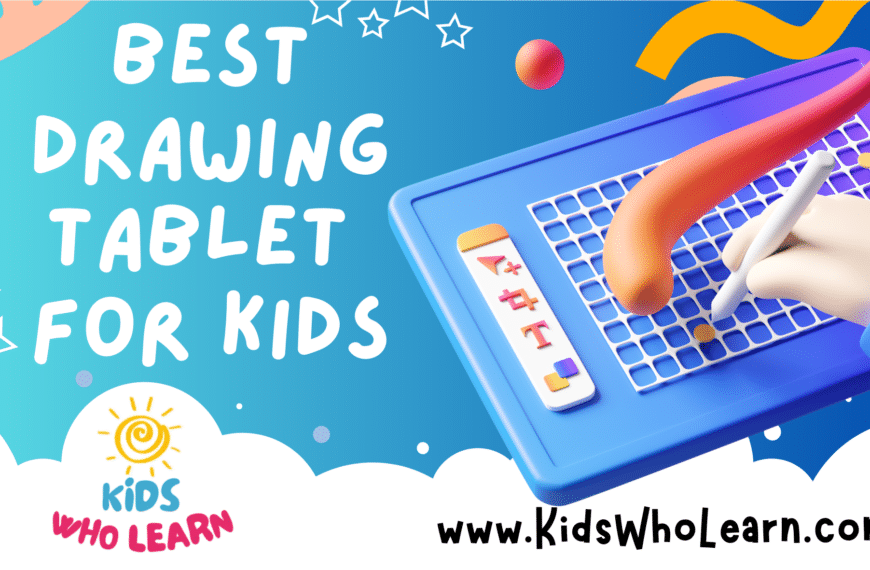As a parent or caregiver, you may be wondering at what age kids typically learn colors. Color recognition is an important developmental milestone that helps children make sense of the world around them. While every child is different, there are certain patterns that can help you understand when your child is likely to start recognizing colors.
Understanding child development is key to knowing when your child will start to recognize colors. Generally, children begin to distinguish between colors around 18 months to 2 years of age. However, some children may start to recognize colors earlier or later than this range. Factors such as genetics, exposure to color, and cognitive development can all play a role in when children start to recognize colors.
Key Takeaways
- Children typically begin to recognize colors around 18 months to 2 years of age.
- Genetics, exposure to color, and cognitive development can all influence when a child starts to recognize colors.
- There are various methods to teach colors, but it’s important to remember that every child learns at their own pace.
Understanding Child Development
Stages of Cognitive Development
Children go through various stages of cognitive development as they grow up. These stages were identified by Jean Piaget, a Swiss psychologist, and are widely accepted as a framework for understanding how children learn and develop.
The first stage is the sensorimotor stage, which occurs from birth to around two years of age. During this stage, children develop their senses and learn to coordinate their movements. They also begin to understand cause and effect and develop object permanence, the ability to understand that objects exist even when they are out of sight.
The second stage is the preoperational stage, which occurs from around two to seven years of age. During this stage, children develop their language skills and begin to think symbolically. They also develop an understanding of conservation, the idea that the amount of a substance remains the same even if it changes shape or appearance.
The third stage is the concrete operational stage, which occurs from around seven to twelve years of age. During this stage, children develop the ability to think logically and understand concrete concepts. They also begin to understand the concept of reversibility, the idea that actions can be reversed.
The final stage is the formal operational stage, which occurs from around twelve years of age and beyond. During this stage, children develop the ability to think abstractly and hypothetically. They also begin to understand complex concepts and ideas.
Role of Sensory Input
Sensory input plays a crucial role in a child’s cognitive development, particularly during the sensorimotor stage. Children rely on their senses to explore and understand the world around them. As they interact with their environment, they develop their senses and learn to coordinate their movements.
Exposing children to a variety of sensory experiences can help stimulate their cognitive development. For example, playing with different textures, colors, and shapes can help children develop their senses and learn about cause and effect. Reading books and engaging in conversation can help develop language skills and encourage symbolic thinking.
In conclusion, understanding the stages of cognitive development and the role of sensory input can help parents and caregivers support a child’s learning and development. By providing a stimulating and supportive environment, children can develop their cognitive abilities and reach their full potential.
Color Recognition in Children
Color recognition is an important developmental milestone in a child’s life. It helps them to understand and differentiate between different objects, and also aids in their cognitive and language development. Here are some sub-sections that explain the different stages of color recognition in children.
Initial Color Recognition
Children start to recognize colors at a very young age, typically around 18 months to 2 years old. At this stage, they can identify basic colors such as red, blue, green, and yellow. They may also recognize colors in familiar objects such as a red apple or a green leaf.
Color Naming
Once children have recognized basic colors, they start to learn color names. This typically occurs between the ages of 2 to 3 years old. At this stage, they can name the colors they see around them. However, they may still struggle to differentiate between similar colors such as pink and purple or yellow and orange.
Color Sorting
Around the age of 3 to 4 years old, children start to sort objects by color. They may group toys or objects based on their color, and this helps them to understand the concept of categorization. This stage also helps children to develop their fine motor skills as they learn to sort and match objects based on their color.
In conclusion, color recognition is an important developmental milestone in a child’s life. As a parent or caregiver, you can help your child to learn colors by pointing out different colors in their environment, reading books with colorful illustrations, and playing games that involve color recognition.
Factors Influencing Color Learning
When it comes to learning colors, there are several factors that can influence how quickly and effectively a child learns. In this section, we will explore two main factors: environmental factors and educational factors.
Environmental Factors
The environment in which a child grows up can play a significant role in their color learning. Some environmental factors that can influence color learning include:
- Exposure to colors: The more exposure a child has to different colors, the more likely they are to learn them. This can include exposure to different colored toys, clothing, and artwork.
- Language development: Children who are exposed to a rich language environment are more likely to learn colors at an earlier age. This is because color words are often used in everyday language, and children who hear these words frequently are more likely to learn them.
- Cultural influences: Different cultures may place different levels of importance on color learning. For example, some cultures may focus more on learning colors as part of early childhood education, while others may not place as much emphasis on this skill.
Educational Factors
In addition to environmental factors, there are also several educational factors that can influence color learning. Some of these factors include:
- Teaching methods: The methods used to teach colors can have a significant impact on how quickly and effectively a child learns. For example, using visual aids such as flashcards or color charts can help reinforce color learning.
- Age-appropriate activities: Providing age-appropriate activities that involve color learning can also be helpful. For example, coloring books or sorting games can help reinforce color recognition skills.
- Individual learning styles: Every child learns differently, and it’s important to take individual learning styles into account when teaching colors. Some children may learn best through hands-on activities, while others may respond better to visual aids or verbal instruction.
Overall, there are several factors that can influence a child’s color learning. By taking into account both environmental and educational factors, parents and educators can help children learn colors more effectively.
Methods to Teach Colors
Teaching colors to kids can be a fun and interactive experience. Here are some methods to teach colors that you can use to help your child learn.
Interactive Learning
Interactive learning is a great way to teach colors to kids. You can use flashcards, color puzzles, and color matching games to help your child learn the colors. You can also use videos and songs that teach colors to make learning more fun.
Color Games
Color games are a fun way to teach kids about colors. You can play games like “I Spy” or “Color Bingo” to help your child learn the colors. You can also create your own color games by using colored objects around the house.
Art and Craft Activities
Art and craft activities are another way to teach colors to kids. You can use coloring books, finger painting, and playdough to help your child learn the colors. You can also create color charts and color wheels to help your child understand the different colors.
By using these methods, you can help your child learn the colors in a fun and interactive way. Remember to be patient and encouraging, and your child will be able to learn the colors in no time!
Challenges in Color Learning
Color Vision Deficiency
Color vision deficiency, commonly known as color blindness, is a condition that affects a significant proportion of the population. It is more common in males than females, and it can make learning colors challenging for some children.
There are different types of color vision deficiencies, but the most common one is red-green color blindness. This means that individuals with this condition have difficulty distinguishing between red and green colors. As a result, they may have trouble learning colors that are shades of red or green.
If your child has color vision deficiency, it is essential to be patient and understanding. You can use alternative methods to teach colors, such as using different shades of colors or using color-coded objects. You can also use verbal cues to help your child associate colors with their names.
Delayed Color Recognition
Some children may have delayed color recognition, which means that they take longer to learn colors than their peers. This can be due to various reasons, such as a developmental delay or a learning disability.
If your child has delayed color recognition, it is essential to seek advice from a pediatrician or a developmental specialist. They can help identify the underlying cause of the delay and provide appropriate interventions to help your child learn colors.
In the meantime, you can use different strategies to help your child learn colors, such as using color-coded objects or playing color recognition games. It is also important to be patient and supportive, and to avoid putting too much pressure on your child to learn colors quickly.
Remember that every child learns at their own pace, and with the right support and guidance, your child will eventually learn colors.
Conclusion
In conclusion, children typically begin to learn colors around 18 months of age. This is an exciting time for parents and caregivers as they watch their child’s cognitive abilities develop. As a parent, you can help your child learn colors by providing them with a variety of colorful toys and objects to play with.
It is important to keep in mind that every child develops at their own pace, so don’t worry if your child is not learning colors as quickly as you expected. Encourage them to learn through play and exploration, and they will eventually grasp the concept.
Remember to be patient and supportive as your child learns. Celebrate their successes and offer gentle guidance when they need it. With time and practice, your child will be able to identify colors with ease.
Overall, learning colors is an important milestone in a child’s development. By providing a stimulating and supportive environment, you can help your child learn and grow in a fun and engaging way.
Frequently Asked Questions
At what age do most kids learn to identify colors?
Most children learn to identify colors between the ages of 2 and 3 years old. However, every child is different and may develop at their own pace. Some children may learn colors earlier or later than others.
What are some signs that a child may be struggling to learn colors?
If a child is struggling to learn colors, they may have difficulty distinguishing between colors or may consistently misidentify colors. They may also have trouble matching colors or may not show an interest in learning about colors.
Is it normal for a 3-year-old to not know all the colors?
Yes, it is normal for a 3-year-old to not know all the colors. While most children learn to identify colors by this age, some may still be learning or may not have been exposed to color identification yet.
What are some fun activities to help toddlers learn colors?
Some fun activities to help toddlers learn colors include playing with colored blocks or toys, coloring with crayons or markers, sorting objects by color, and singing color songs or reading books about colors.
What can parents do to encourage color learning in their children?
Parents can encourage color learning in their children by pointing out colors in everyday objects and activities, providing opportunities for color exploration and play, and incorporating colors into daily routines and activities.
Are there any developmental concerns if a child is slow to learn colors?
Slow color learning may be a sign of a developmental delay or a visual or learning disability. It is important to consult with a pediatrician or early childhood specialist if you have concerns about your child’s development or learning.







